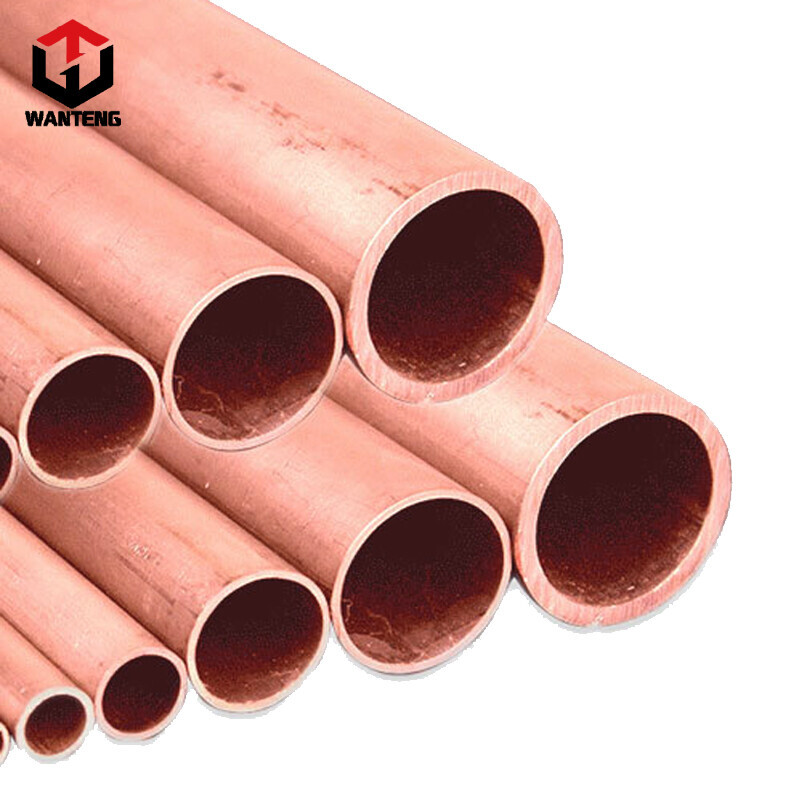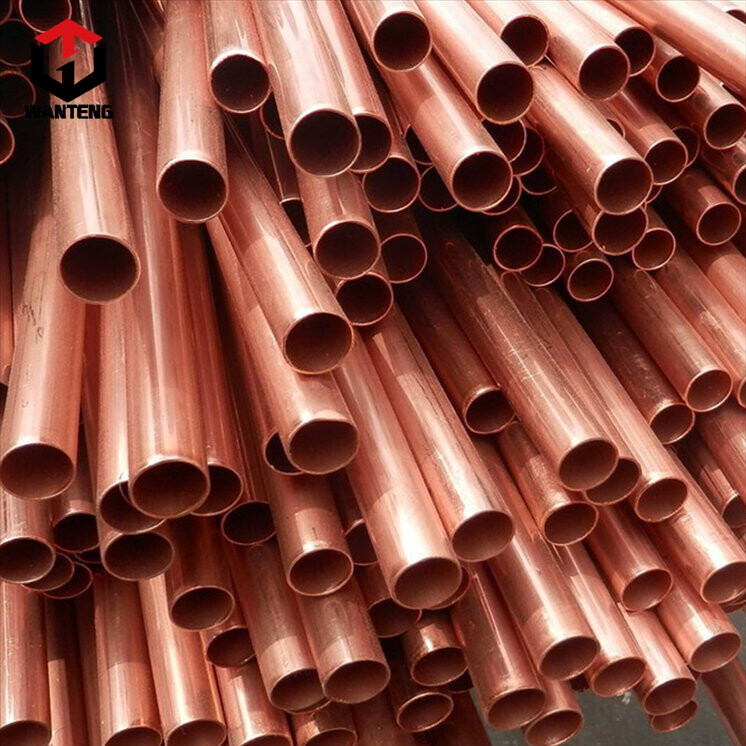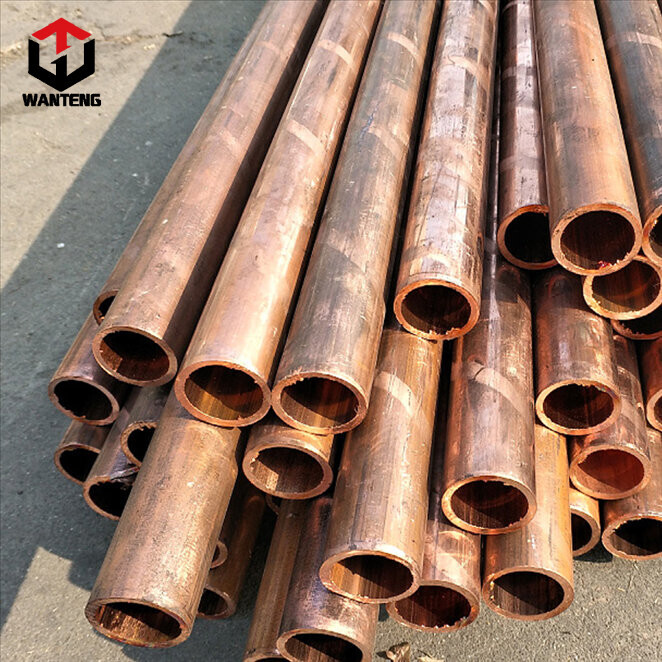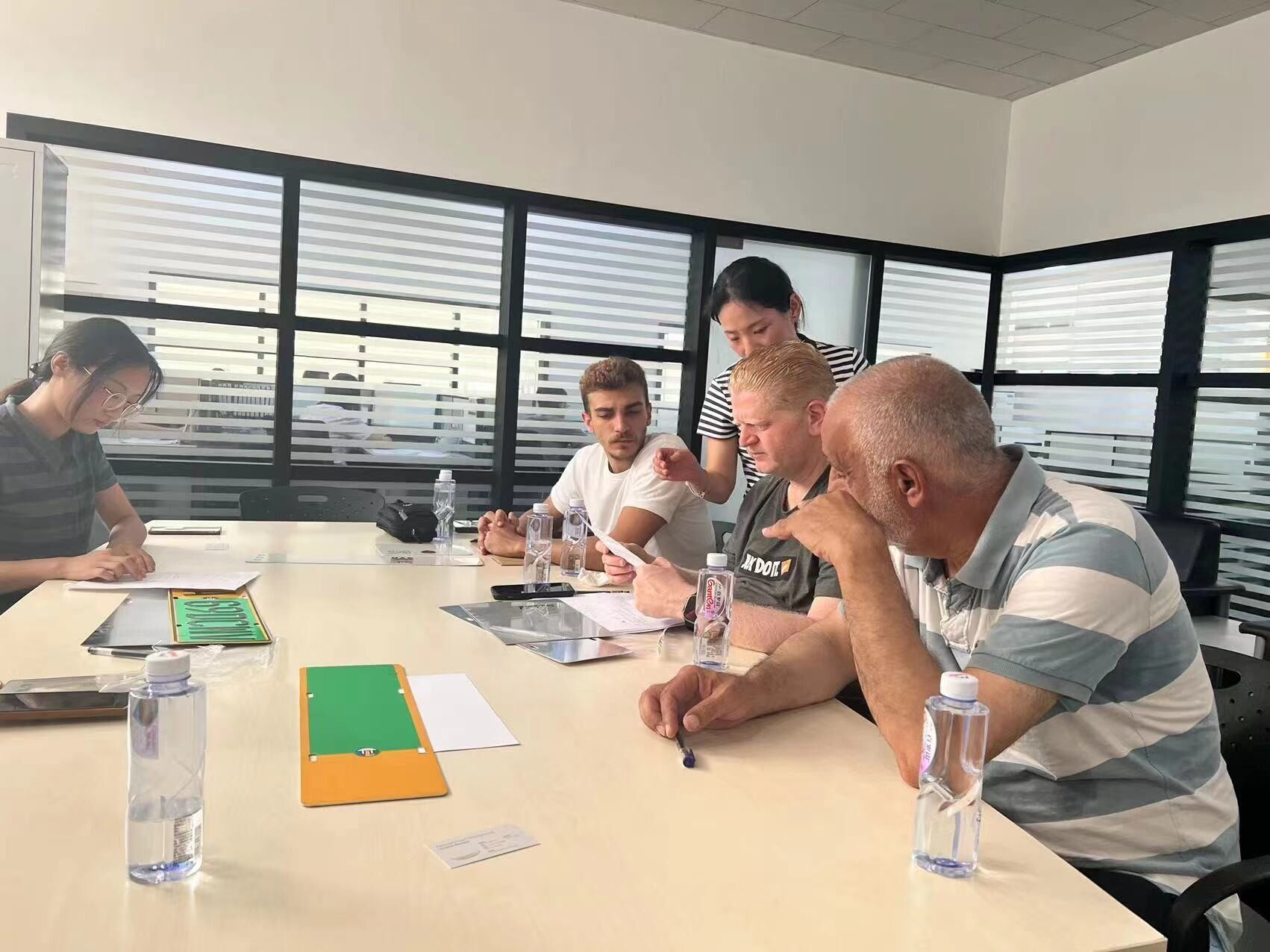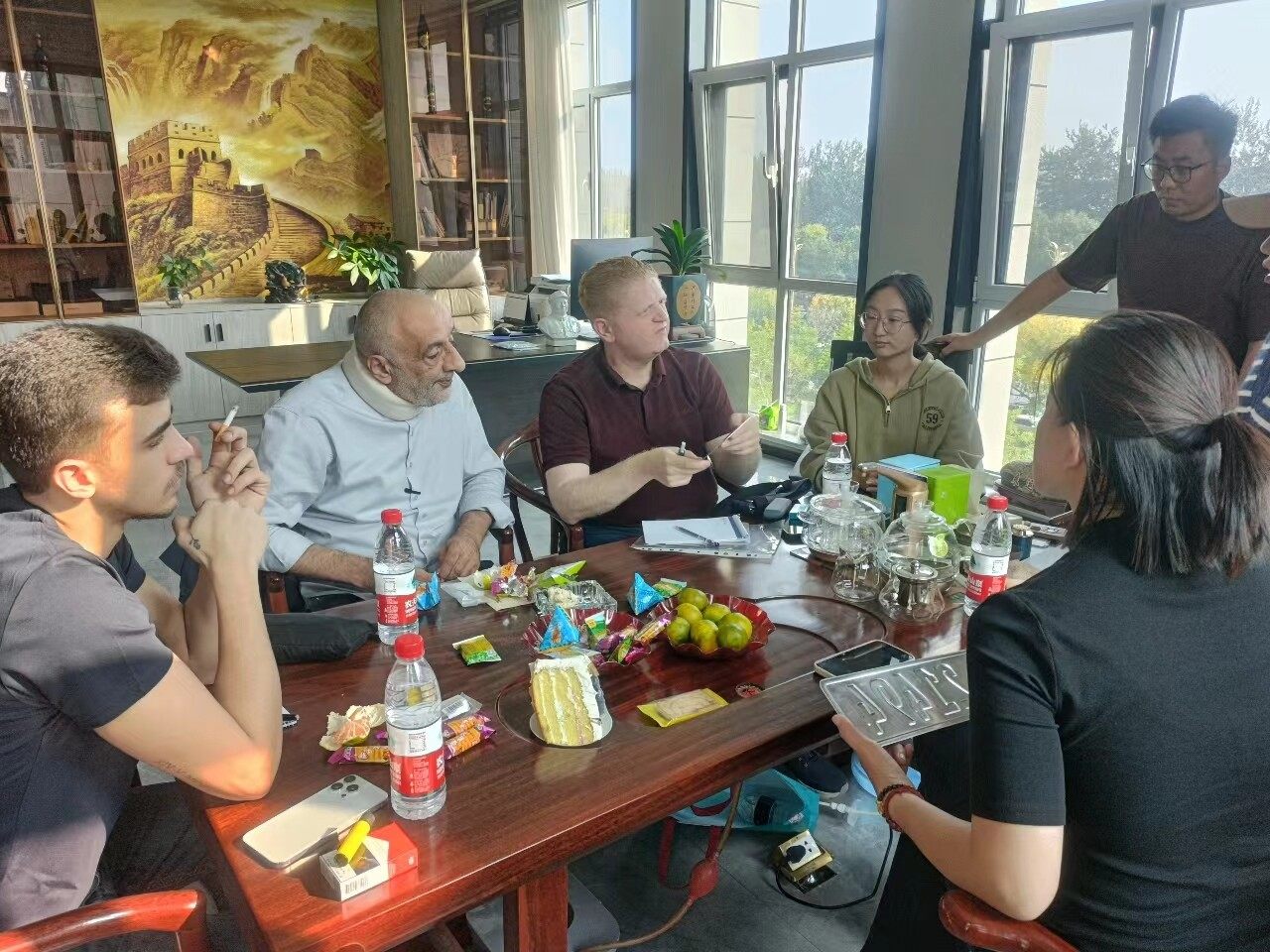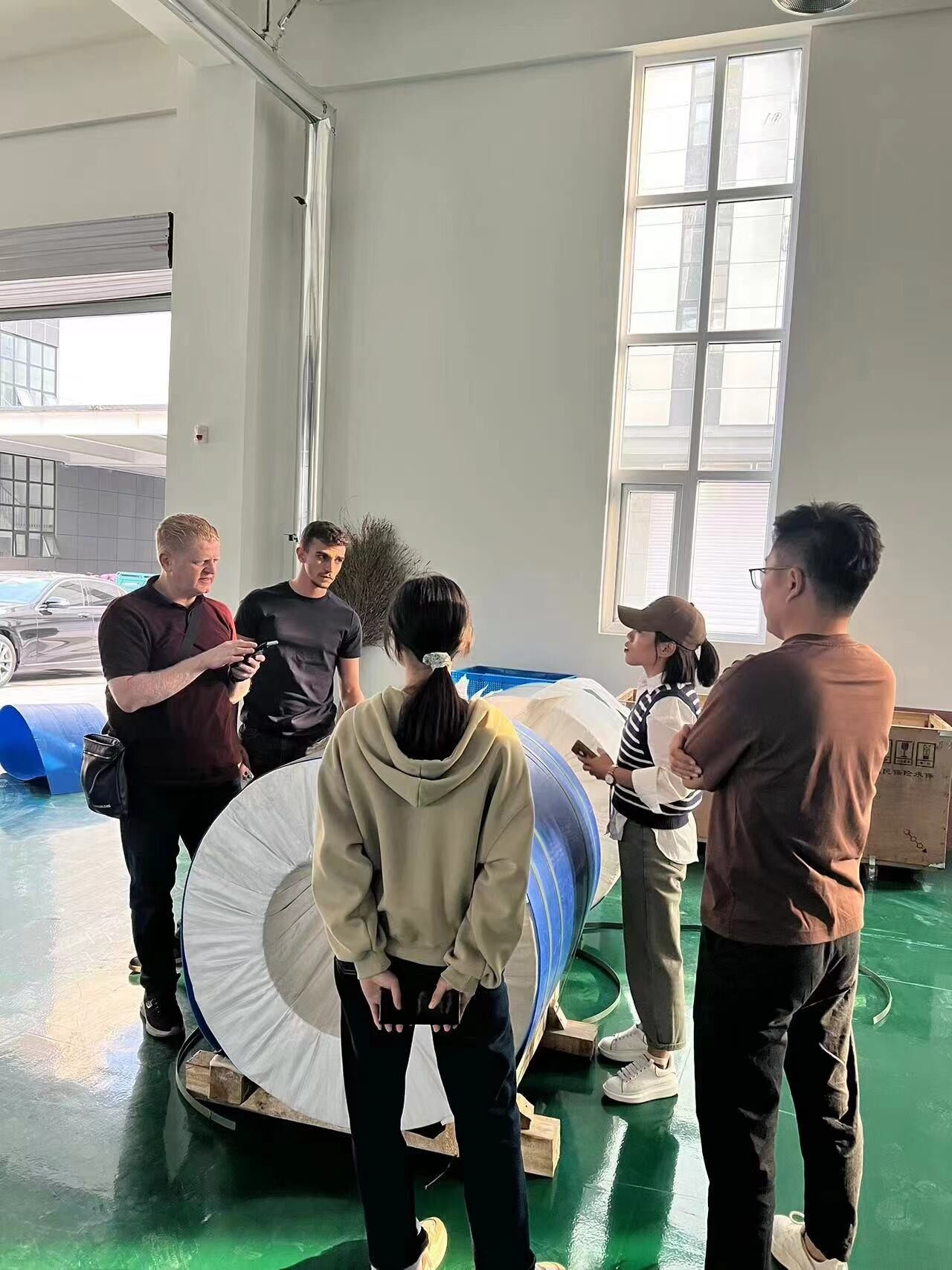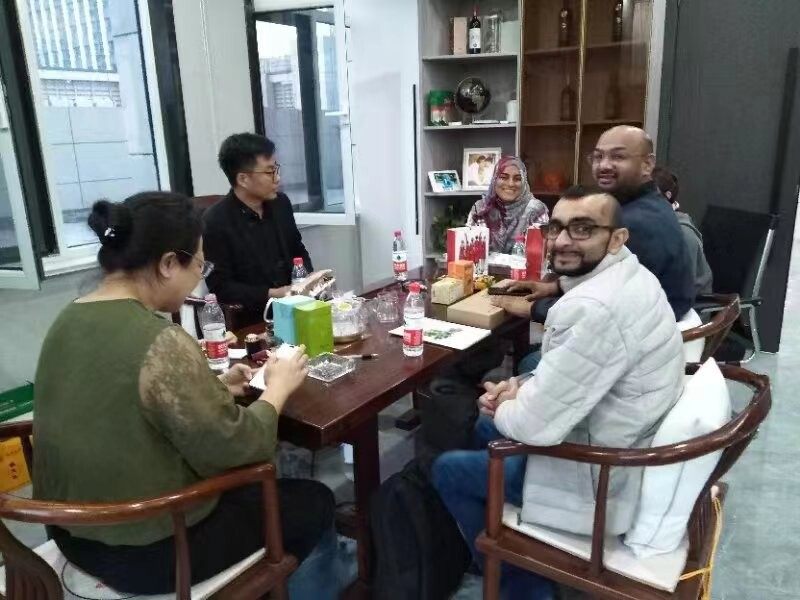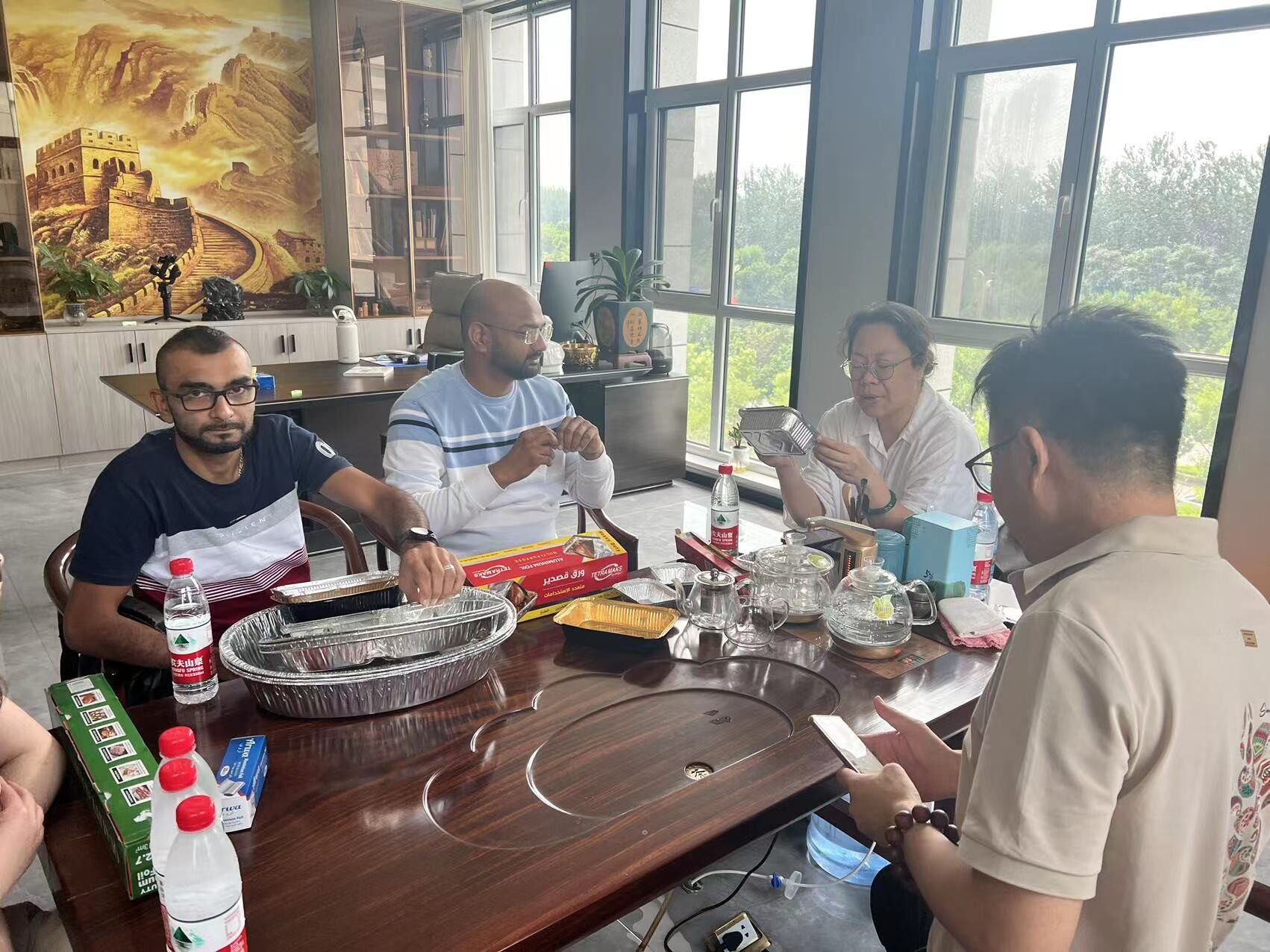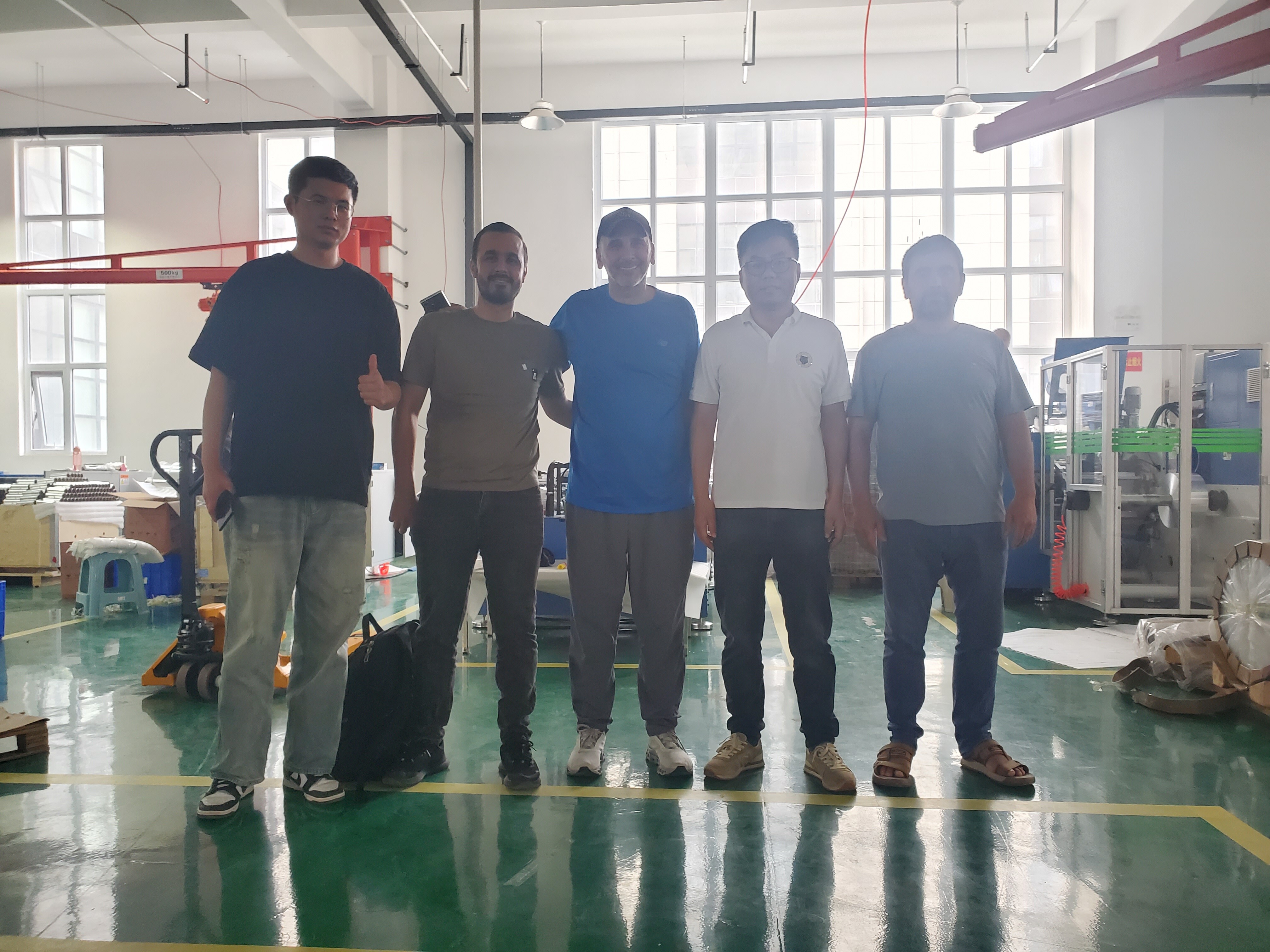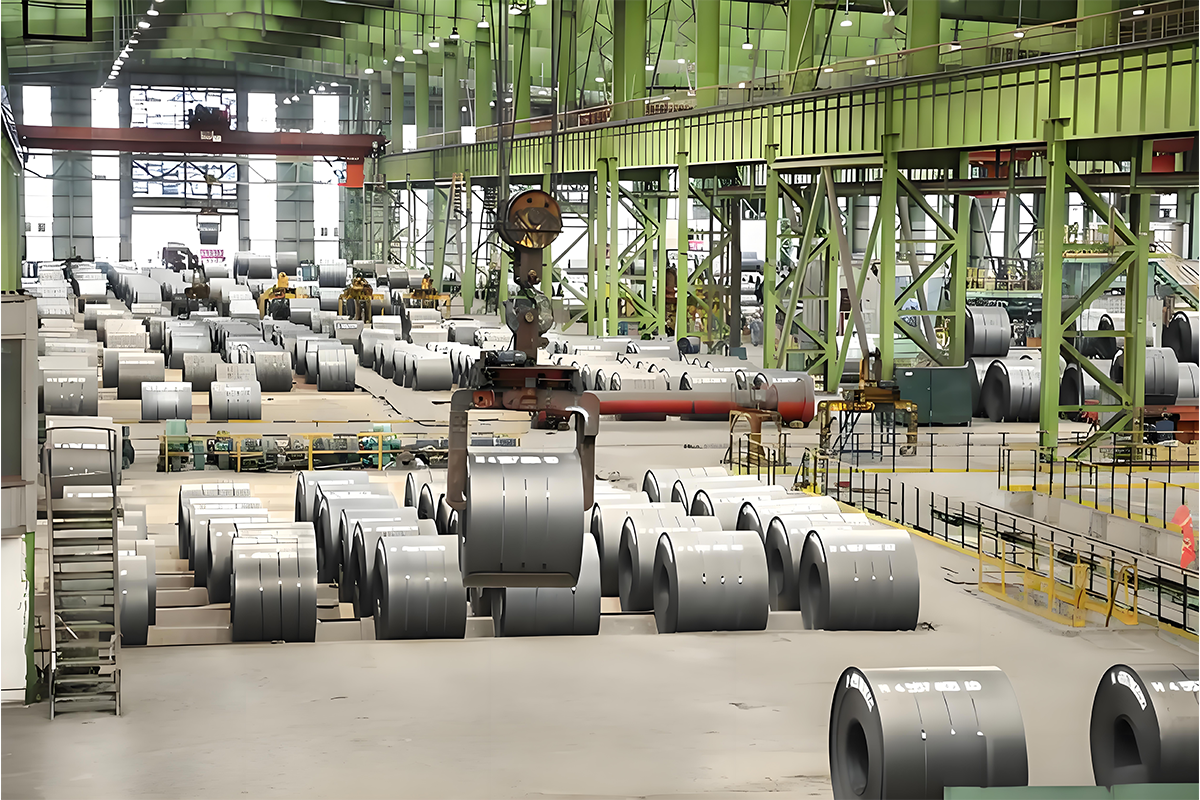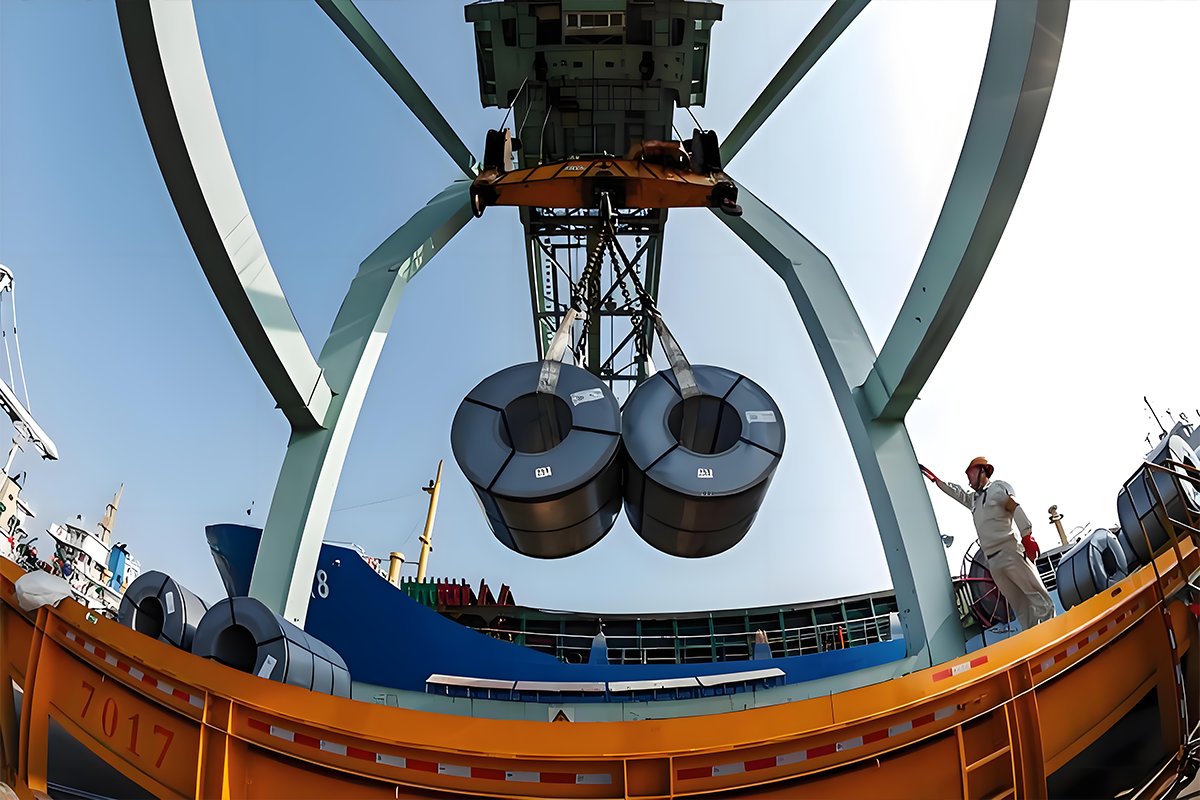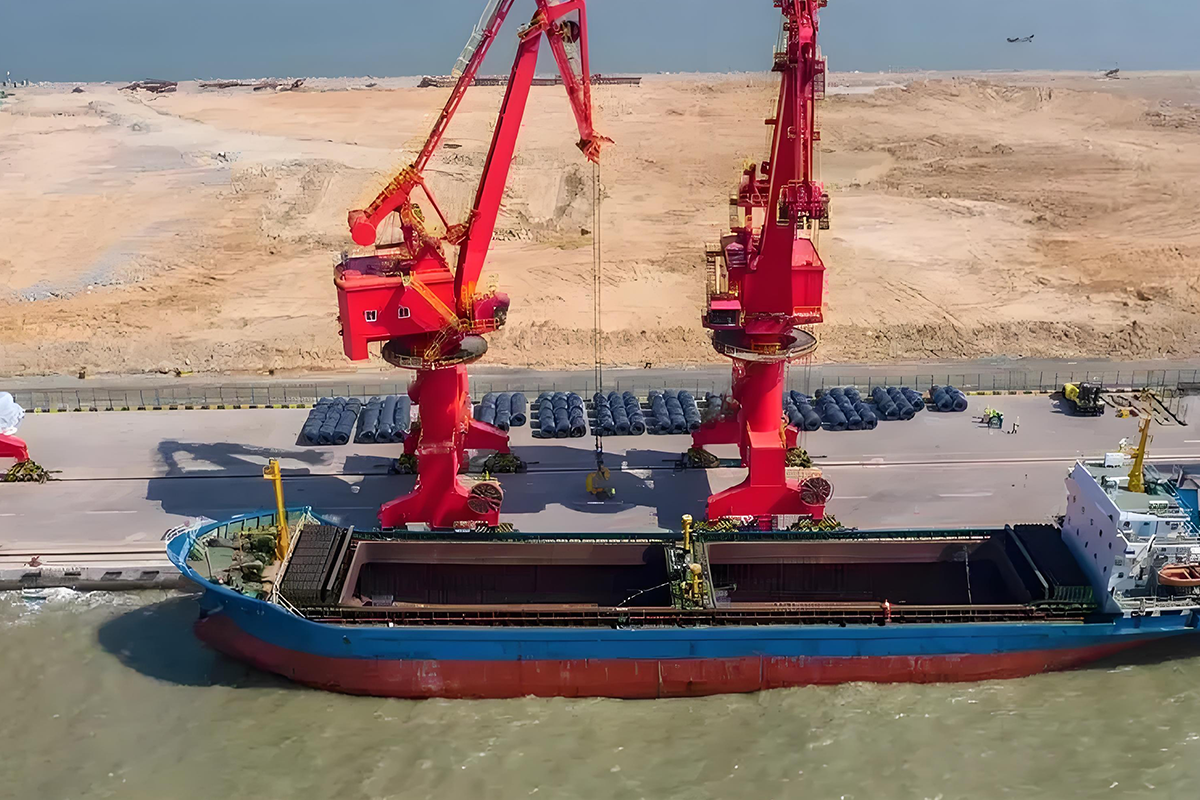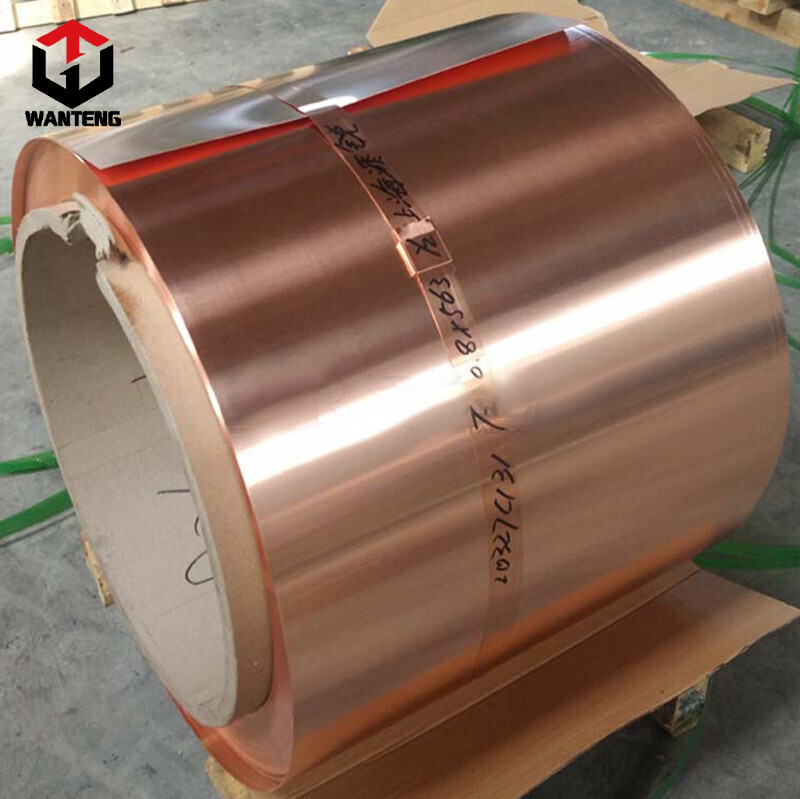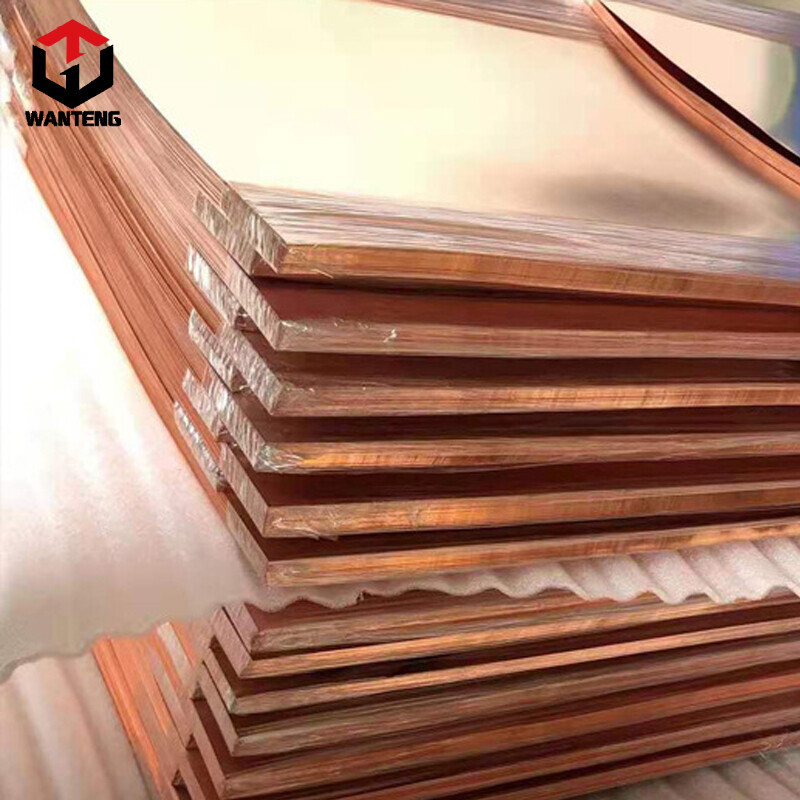Get in touch with us today to get the best quote for your requirement. We can assure you of the most competitive prices.
Grade: H59, H62, H63, H65, H68, H75, H80, H90; deoxidized copper (TUP, TUMn), ordinary copper (T1, T2, T3, T4), oxygen-free copper (TU1, TU2 and high purity, vacuum Oxygen-free copper); B0.6, B5, B19, B30
Standard: GB204189, national standard
Technology: Casting slab → hot rolling → milling → rough rolling… → annealing
Standard: GB204189, national standard
Technology: Casting slab → hot rolling → milling → rough rolling… → annealing
Processing method: welding, cutting, punching, polishing or as per customer requirements
Usage: Brass can be used to make various deep-drawn and bent stress-bearing parts, such as pins, rivets, washers, nuts, conduits, air pressure gauges, screens, radiator parts, etc. It has good mechanical properties, good plasticity in the hot state, acceptable plasticity in the cold state, good machinability, easy fiber welding and welding, and corrosion resistance. It is a common brass variety that is widely used.
Copper can be used to make wires. Usually, the wires used today are made of pure copper. This is because its electrical conductivity and thermal conductivity are second only to silver, but it is much cheaper than silver. Moreover, copper is easy to process. By changing its shape through melting, casting, rolling and other processes, it can be made into automobile parts and electronic parts.
(White copper) Copper-nickel alloy has good corrosion resistance, medium strength, high plasticity, can be processed by hot and cold pressure, and has good electrical properties. In addition to being used as structural materials, it is also an important high resistance and thermoelectric material. Couple alloy.
Bronze is suitable for casting various appliances, mechanical parts, bearings, gears, etc.
Value-added technology: carving, lettering, drawing, etc.
Regular order: 25 tons or one container, you can also contact us for small quantities
Packaging: Standard seaworthy export packaging: waterproof paper + steel triple packaging + wooden box
Construction period; 7-15 days
H represents brass, and the number represents the mass fraction of copper. For example, H68 means brass with a copper content of 68% and zinc content of 32%. Cast brass has the word "Z" in front of the code. For example, ZH62 and Zcuzn38 means that the zinc content is 38% and the balance is copper. Cast brass. H90 and H80 are single-phase, golden yellow, so they are collectively called gold, and are called coatings, decorations, medals, etc. H68 and H59 belong to duplex brass, which are widely used in structural parts of electrical appliances, such as bolts, nuts, washers, springs, etc. Generally, single-phase brass is used for cold deformation processing and duplex brass is used for hot deformation processing.
Red copper is pure copper: Pure copper is purple-red, also known as red copper. Pure copper has a density of 8.96 and a melting point of 1083°C. It has excellent electrical conductivity, thermal conductivity, ductility and corrosion resistance. It is mainly used to make electrical equipment such as generators, busbars, cables, switchgear, and transformers, as well as heat-conducting equipment such as heat exchangers, pipes, and flat-plate collectors of solar heating devices.
Cupronickel plates are divided into five categories: ordinary cupronickel plates, iron cupronickel plates, manganese cupronickel plates, zinc cupronickel plates and aluminum cupronickel plates.
Bronze is the earliest alloy in the history of metal smelting. An alloy that adds tin or lead to pure copper (red copper) has special importance and historical significance. Compared with pure copper (red copper), bronze has high strength and a low melting point (25% When bronze is smelted with tin, the melting point will be reduced to 800°C (the melting point of pure copper (red copper) is 1083°C). Bronze is castable, wear-resistant and chemically stable.


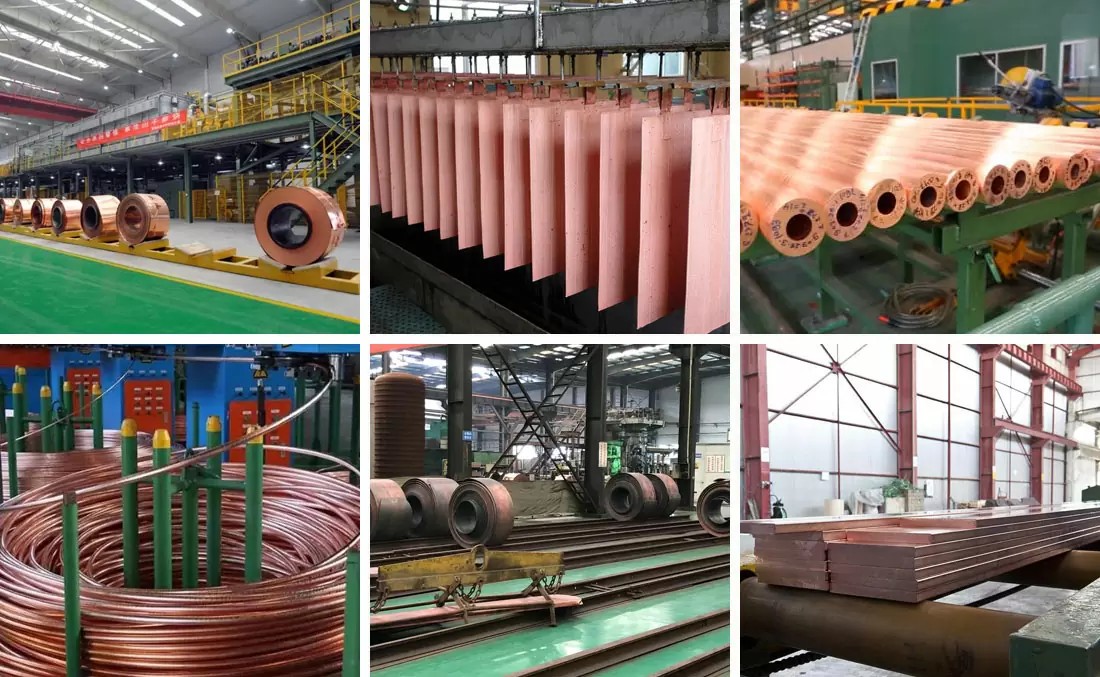
Welcome to inquire
Products Recommended
Please give us a message

